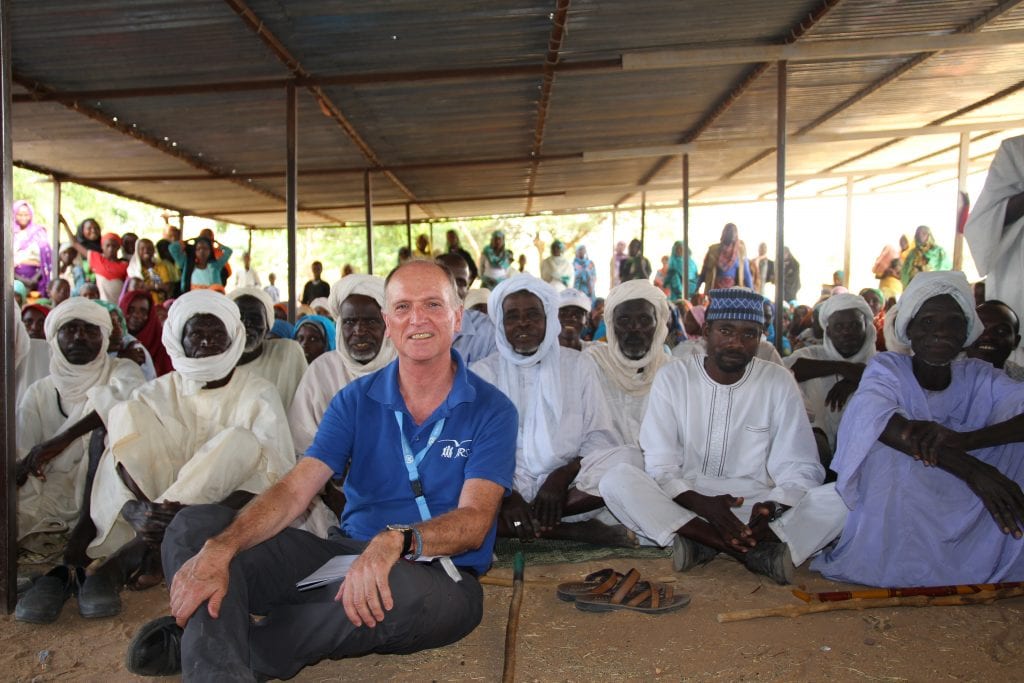
Remembering All Saints & Blesseds of the Society of Jesus
Fr. Tom Smolich, S.J., is the rector of the Jesuit community of the Jesuit School of Theology of Santa Clara University. Before that, he served as the international director of the Jesuit Refugee Service (JRS), president of the Jesuit Conference of the United States in Washington, D.C., and provincial of the California Province Jesuits. He entered the Jesuits in 1974 and was ordained a priest in 1986.
The November 5 feast of All Saints & Blesseds of the Society of Jesus remembers Jesuits recognized for their holiness. For much of the church’s history, saints were declared locally: devotions to holy women and men arose from good deeds, martyrdom, or miracles reported at their tombs.
Today, sainthood begins with a proposal or “cause” undertaken by a diocese or religious community. When this cause is formally recognized by the Church in Rome, the person is known as a Servant of God. When through this process, the Pope declares the servant to be of “heroic virtue,” the title Venerable is given. After investigation and documentation of a miracle or martyrdom, a Venerable can be “beatified” and known as Blessed. An additional miracle or papal confirmation allows for canonization of the Saint.
There are Jesuits all along this process. Saints Ignatius Loyola and Francis Xavier are celebrated throughout the world. Many are more obscure, like Blessed Thomas Cottam, arrested the day he returned to England to serve as an underground priest in 1580 and martyred in 1582.
Venerable Eusebio Kino likely logged over 50,000 miles in missionary service to indigenous communities in what is now northern Sonora and southern Arizona from 1687 to 1711. “Kino was able to break laws in order to protect the indigenous people from the Spanish settlers who wanted to use them for slave labor,” according to Fr. Peter Neeley SJ, Education Associate at the Kino Border Initiative in Nogales Arizona/Mexico.[1]
As Superior General of the Jesuits, Servant of God Pedro Arrupe led the Society’s commitment to the faith that does justice and founded the Jesuit Refugee Service. According to his close adviser Fr. Vincent O’Keefe SJ, Don Pedro “…was sorely tried in his love for the church because his efforts to renew the Society in the dynamic movement of Vatican II collided with misunderstandings, and with painful interventions on the part of the church which he loved with an Ignatian heart. “[2]
Few people know about the Jesuit martyrs of Virginia. Eight Jesuits landed near Chesapeake Bay in 1570 as part of Spanish exploration. The details are unclear, but a young tribal member brought to Spain ten years previous turned against the faith and played a key role in the martyrdom of Fr. Juan Baptista Segura and his companions in 1571. The Diocese of Richmond opened their cause in 2002.
But saints in general, and Jesuit saints in particular, are not limited to declarations and canonizations. Just last week, Fr. John R. “Jake” Donahue died in Baltimore. Jake was a prolific scholar of the gospels, especially the Gospel of Mark and the relevance of the gospels to social justice. Jake taught at JSTB in two stints over twenty years, inspiring faculty and students alike. He was a brilliant teacher and preacher, and not inclined to take fools gladly. I doubt Jake will ever have a cause, and many will remember him on November 5.
I am blessed to have known many Jesuits who were not famous but were men of great holiness. They are among the companions I will recognize and remember on this feast, praying for their intercession and kindness as we in the Ignatian family do our best to be drawn closer to Jesus Christ and the reign of God.
REFERENCES
[1] Tony Gutierrez, “Padre Kino, declared venerable, known as ‘patron saint of borderlands,” Catholic News Service, July 19, 2020.
[2] Vincent T. O;Keefe SJ, “The Creative Fidelity of Pedro Arrupe,”: America, December 20, 1997
Fr. Smolich in Chad in 2018 (JRS)